Animals That Are The Biggest Road-Kill Victims In America
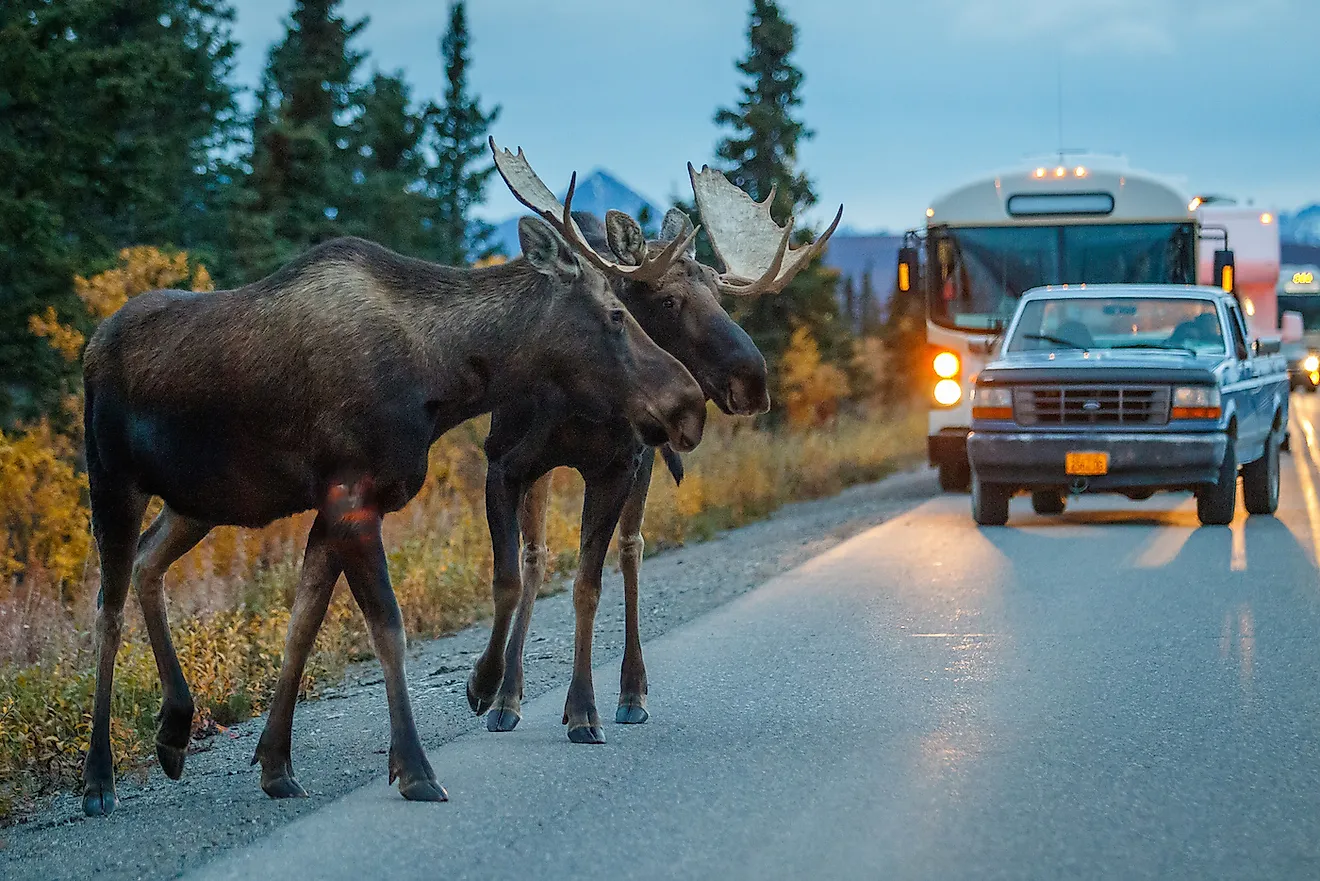
- Road salt laid to counter ice in the winter can lure wildlife onto the road surface, making them susceptible to oncoming cars.
- Most municipalities and counties dispose of roadkill in landfills.
- Some people collect roadkill for art.
- Collecting roadkill to eat is legal in 20 states.
It's a common sight while driving down most highways, and sometimes also on residential roadways: roadkill. From bugs or birds to larger animals like deer and moose, vehicles are a hazard to wildlife, and even some domesticated pets like housecats or pups who wander away from home.
Which Animals Are Killed Most Frequently
The numbers are staggering. In 1993, a study completed by 25 schools through New England found 1,923 animal deaths, and the data was then extrapolated by the Animal People Newspaper to reveal the following annual number of kills on the 4.1 million miles of roadways in the United States : 41 million squirrels, 26 million cats, 22 million rats, 19 million opossums, 15 million raccoons, six million dogs, and 350,000 deer. However, there is no clear data on the precise number of animals that are victims of vehicles each year.
Accidents involving larger animals are the most commonly reported, mainly because they typically result in injury or death of vehicle passengers and drivers, damage to cars, and insurance claims. It is estimated anywhere from 80 to 340 million birds also die in the U.S. each year, close to one million animals like like woodchucks, frogs, turtles, snakes, and rabbits, and hundreds of thousands of insects - but these animals are less frequently reported due to their size and the fact they do not cause as much damage.
Squirrels
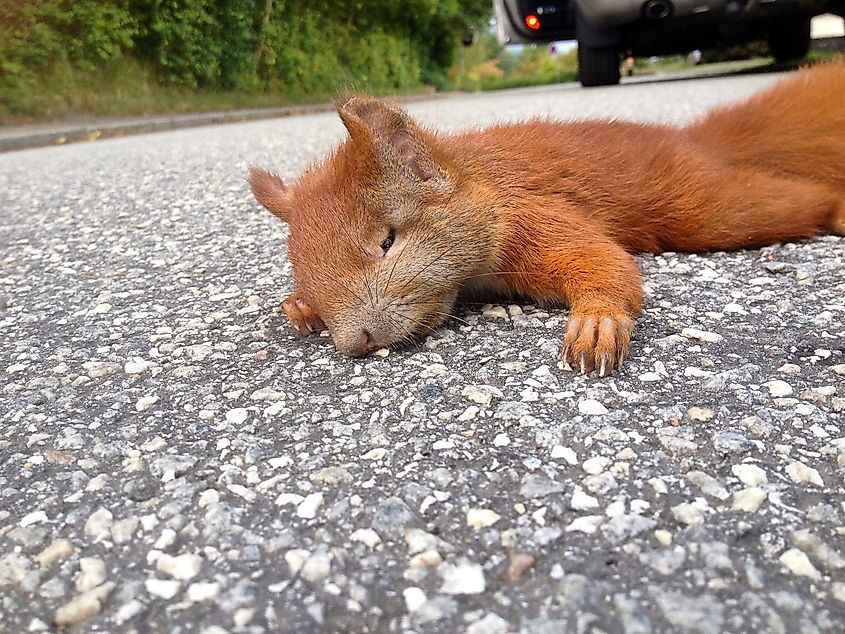
Usually seen scampering along tree branches or back yard fences, squirrels are one of the most commonly killed animals on the road, with an estimted 41 million per year. A growth in population of the species means they travel more to find food sources, and often results in the small animals scurrying across highways and streets, increasing the number of vehicle encounters.
Squirrels tend to be one of the most difficult animals to avoid on the road, in part because of their ability to change direction on a dime - a beneficial skill while trying to evade predators, but one that can result in an accident on the road. The squirrel will assess a car as a threat similar to a large-scale predator, like a fox, and continue to change its direction sporadically as the vehicle approaches, and this often results in zig-zagging right under oncoming tires.
Cats And Dogs
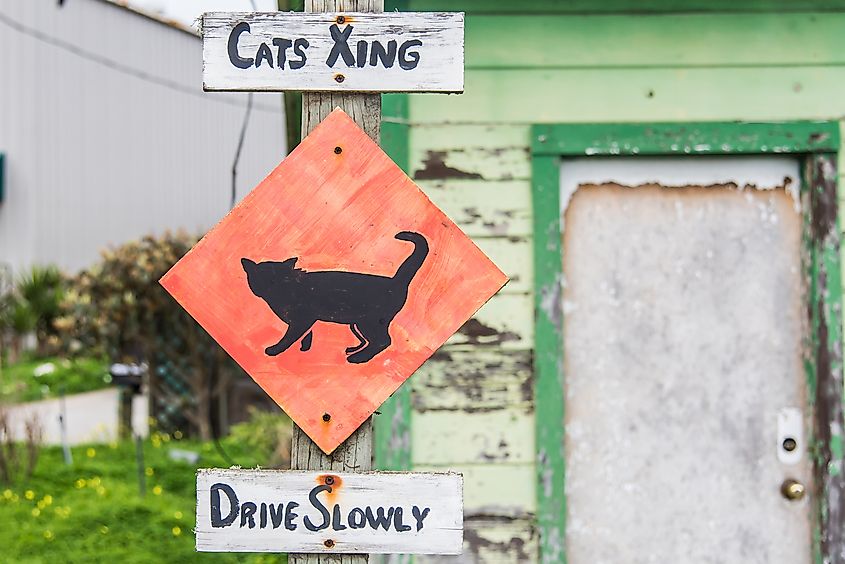
An estimated 26 million cats and six million dogs perish due to collisions with vehicles. In the case of cats, the accidents tend to happen at night when the felines, which understand the dangers posed by cars, become confused by headlights - once the light passes, the cat thinks it is safe to dash into the road, but is met by the rest of the vehicle.
Dogs are most likely to be killed while chasing something into the road, whether a ball, a child, or another animal like a cat or squirrel.
Rats And Opossums
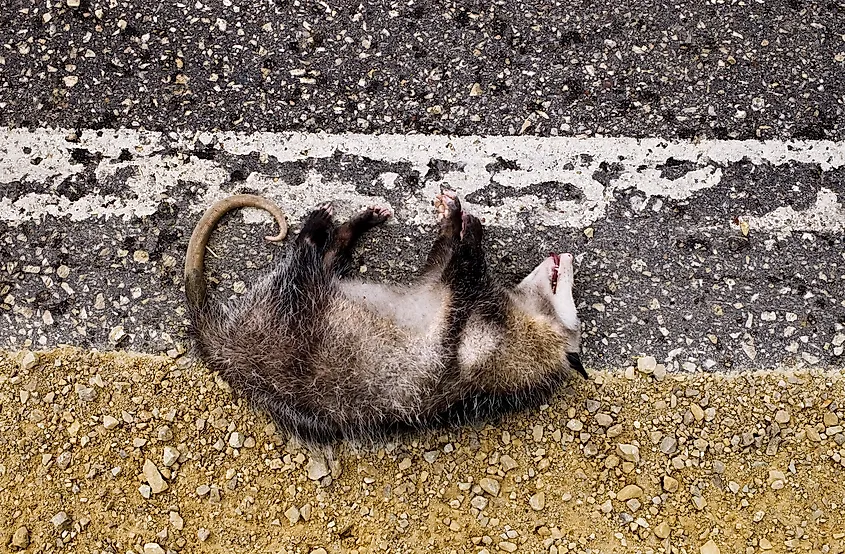
Due to their propensity to feast on roadkill, both rats and opossums are high on the mortality list (22 million rats and 19 million opossums, approximately). The opossum tends to freeze in headlights at night, and even if it does try to run away it's not very fast.
Raccoons

The number of raccoon kills is fairly high at an estimated 15 million. As a nocturnal creature, the raccoon is susceptible as it crosses dark roadways or scavenges roadkill for its dinner. Raccoons often travel in family groups of up to seven, and if one is hit by a car the remaining members may stay by its side and end up being hit by subsequent passing vehicles. The best way to avoid a raccoon is to ease off the gas and cruise by, so as not to get its attention - when danger is perceived the raccoon is more likely to step into and freeze in the path of a car.
Deer
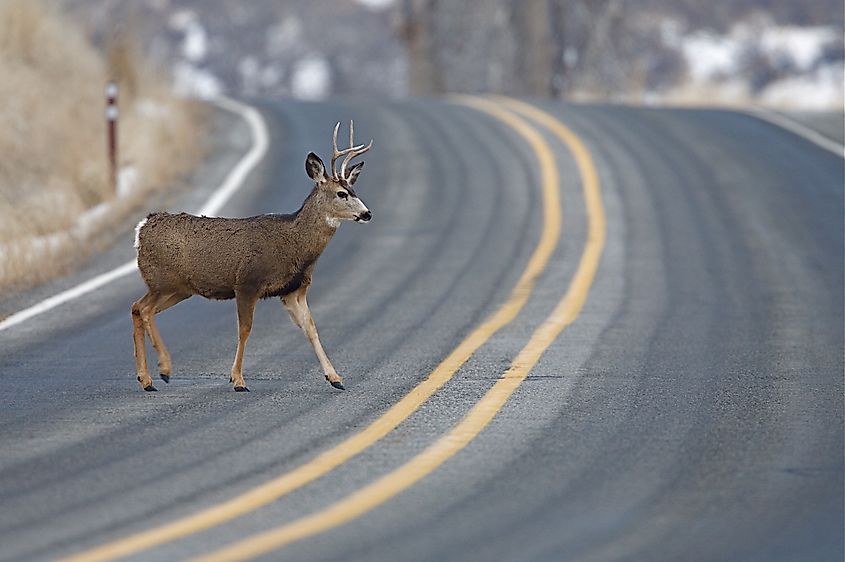
Deer are the most commonly hit large mammal in America, particularly during mating season in the fall. They are also the most reported, as they cause significant damage to vehicles. Fawns are most likely to be killed by drivers on roadways, due to their general inexperience avoiding cars - something deer become farily skilled at as they age. The New York Department of Transportation estimates around 65,000 deer are struck by cars within the state each year.
It's not only the deer who are affected by these encounters. An estimated 100 Americans are killed by deer-vehicle collisions each year, usually when the animals dart into the road from nearby shrubbery or trees. Most driver fatalities tend to be caused by the deer coming through the windshield after having its legs knocked out.
Can We Learn From Roadkill?
Biologists have turned the high number of roadkill occurrences into something positive, studying the deceased animals in order to learn more about how to curb the spread of disease, how certain animals or species behave, and how to reduce instances of animal-versus-vehicle accidents. By using roadkill, scientists are able to study uncontroversial subjects rather than collecting live animals for testing.
Scientists have collected carcasses to study maladies like chronic wasting disease, avian botulism, bovine tuberculosis, white-nose syndrome, rabies, and a host of fungal diseases, to name a few. Roadkill has proven effective at filling in the gaps of knowledge around many of diseases, and in some cases biologists have used the dead animals to make connections between infection and sporadic behavior that may increase risk of roadway accidents, such as rabies blinding animal or chronic wasting disease making deer lose co-ordination.
Roadkill also provides ecologists with data on the diversity of animals in a particular region, as well as evidence of the human impact on wildlife. Conversely, invasive species of animals can also be identified as roadkill, such as the Eastern gray squirrel and Eastern fox squirrel both being found in California where they are invading the Western gray squirrel's natural habitat.
Can Road Kills Be Prevented?
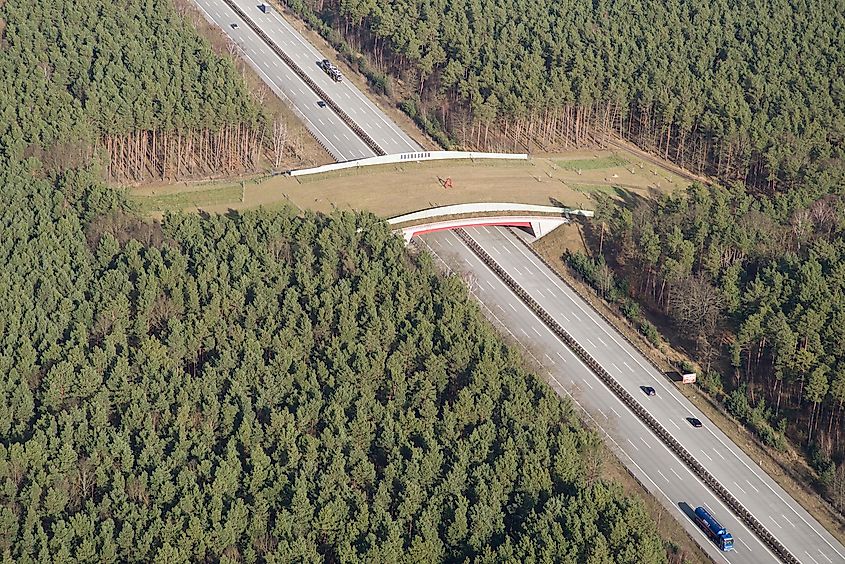
Scientists and engineers have been working for years at a solution to the issue of animal-versus-vehicle accidents in order to preserve species. Collecting data on the number and locations of road kills in the U.S. has allowed specialists identify high-risk zones where accidents are most likely, and in some cases preventative measures have been implemented like wildlife overpasses or underpasses, culverts, warning signs, roadside barriers, and lower speed limits. However, measures like fencing and overpasses are fairly costly so it takes intense hours of research to ensure they're being installed in strategic and effective locations.
Drivers can do their part to prevent accidents with animals by driving more slowly at night and being especially vigilant in areas of high animal traffic at dawn and dusk.











